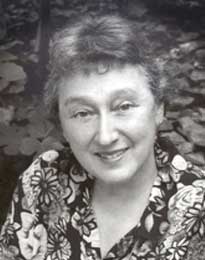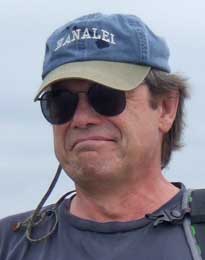
 |
Geo-Sci 692G EVOLUTION GEOGRAPHY Spring 2010: Tuesdays, 2:30 to 5pm, 3 cr., |
Syllabus for GEO-SCI 692G Spring 2010 (PDF)
Evolution Geography, a new course develops a conceptual framework for studying evolution within the context of interconnected Earth physical systems and life, including humans, and the processes that have changed them as they relate to geography. Not a course about competition, neoDarwinian population genetics and differential survival, rather we look more at the role of ecological relationships, including symbioses at the level of communities. Communities evolve through an interdependence of a functioning set of systems that all require a continuous flux of matter and energy. In the case of humans, our diffusion over the Earth’s surface is correlated with innovation, technology and change. All geographical Earth systems, including those of organisms embedded in their environment, involve interplay of components that lead to change on both physical and human cultural landscapes, some with catastrophic consequences for certain species. Communities of life go through short-term ecological succession that becomes long-term evolutionary change. Disruption and continuity in the environment, community member relations are reflected in the increase and decrease in the numbers of the members of populations comprising component species. |
 Lynn Margulis |
Richard Wilkie |
Part I of the course has four sessions that set out to develop this conceptual framework: |
| Session 4 looks at the current state of Earth systems/human system interaction. More specifically: LM looks at the biosphere and evolution of its embedded life is describe in the context of the principles of evolution, a composite process that involves (1) exponential growth of populations (biotic potential), (2) heritable evolutionary novelty acted on by (3) natural selection. RW creates a physical elements diagram of current Earth system relationships, including the impact of human populations in different biomes of the world. Part II of the course looks at four case studies of origin, continuity and change in selected communities: LM describes principles of energy, matter and electron flow, ‘bacteria as units of life’, for two microbial communities: (1) coastal microbial mats in sulfureta and (2) cellulose and lignin degradation by the wood-eating cockroach and termite intestinal communities. RW has one session on Alexander von Humboldt in greater depth as he explored the global relationships between climate, vegetation and human settlement at different latitudes and elevations, as well as volcanic forces in geographical Earth systems. In case study two, RW traces evolution, change, and the development of a community of Volga-Deutsch immigrants in Argentina over 130 years. |
 James MacAllister |
Week 9 (March 30) Field trip to the Harvard Forest or to Wilkie’s farm in south Amherst. |